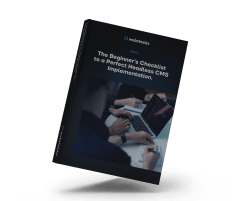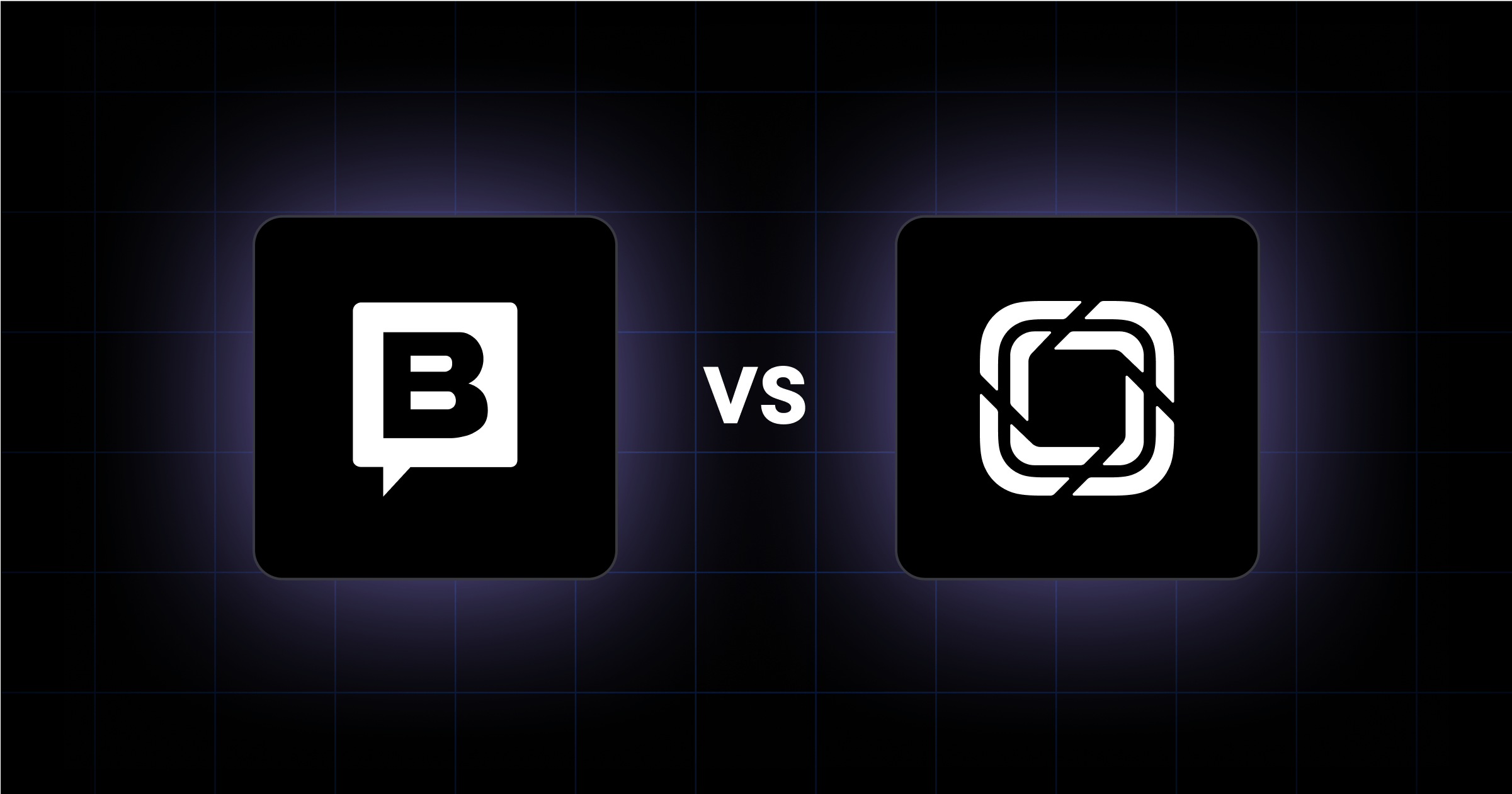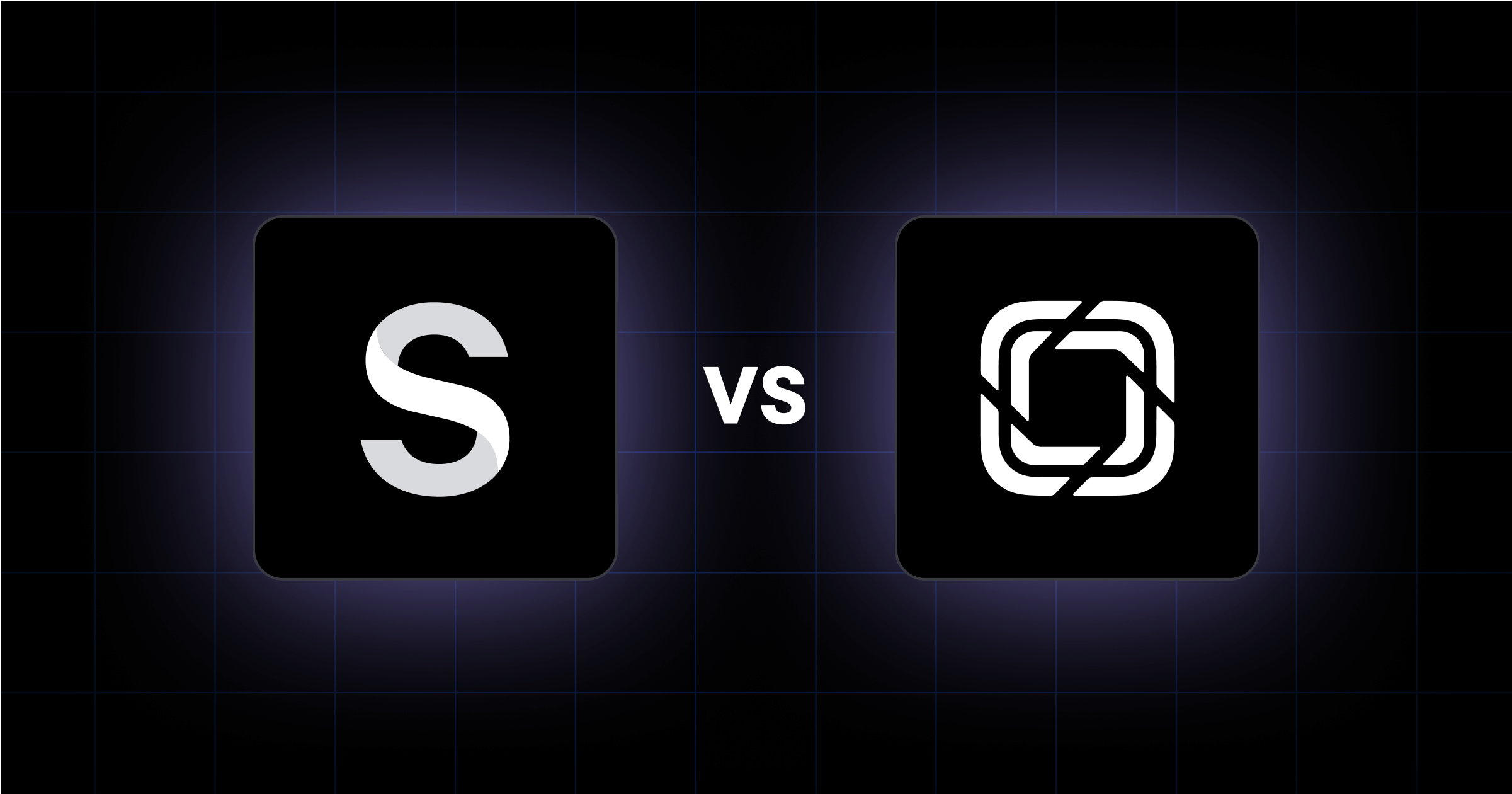HubSpot CMS offers a range of features designed to boost your SEO efforts. But how do you leverage these tools effectively? Let's break down the benefits of using HubSpot CMS for enterprise SEO.

Benefits of HubSpot CMS for Enterprise SEO
As a digital marketing manager, you’re under constant pressure to deliver measurable results and ensure your website performs optimally. HubSpot CMS can be a game-changer in this regard.
Seamless Integration with HubSpot's Marketing Tools
HubSpot CMS integrates smoothly with HubSpot's suite of marketing tools. This integration allows you to align your content with your email, social media, and paid ad campaigns. By doing so, you ensure that your messaging remains consistent across all channels, enhancing your overall marketing strategy.
You can easily manage and track your campaigns from a single platform, making it simpler to coordinate your efforts and measure their impact.
Personalization Capabilities for Targeted SEO
One of the standout features of HubSpot CMS is its ability to deliver personalized content. You can tailor your website content based on user behavior and preferences. This means you can show different content to different users, increasing the relevance and engagement of your site.
Personalization helps you target specific segments of your audience more effectively, leading to higher conversion rates and better user experiences. For more insights, explore strategies for multi-brand websites to see how personalization can be a game-changer.
Robust Analytics for Data-Driven SEO Strategies
HubSpot CMS provides robust analytics tools that help you track keyword rankings, organic traffic, and conversion rates. These insights allow you to understand how your SEO efforts are performing and where you can make improvements.
You can identify top-performing content and optimization opportunities, ensuring that your strategy is always data-driven. The platform also offers detailed reports that can help you communicate progress to stakeholders and make informed decisions about your SEO strategy.
Key HubSpot CMS Features for SEO Success
Understanding the key features can help you leverage HubSpot CMS to its fullest potential. Here’s why you should care about these features.
Pillar Page and Topic Cluster Tools
HubSpot CMS offers tools to organize your content around core topics, helping you establish authority in your field. Pillar pages serve as comprehensive guides on broad topics, while cluster pages dive into specific subtopics. This structure not only makes your content easier to navigate but also signals to search engines that your site is a valuable resource. By linking cluster pages back to the pillar page, you create a network of related content that boosts your SEO.
Adaptive Testing for SEO Experiments
Adaptive testing in HubSpot CMS allows you to experiment with different variations of page titles, content, and calls-to-action (CTAs). This feature helps you identify which elements drive the most engagement and conversions. For example, you can test two versions of a landing page to see which one performs better. The insights gained from these tests enable you to optimize your pages for better SEO performance and user engagement. Learn more about how Webstacks redesigned Privy's website to facilitate growth.
AMP Support and Accelerated Mobile Pages
Accelerated Mobile Pages (AMP) support in HubSpot CMS improves your site's mobile load speed and search visibility. AMP pages load faster on mobile devices, providing a better user experience. Faster load times reduce bounce rates and increase the likelihood of users staying on your site. Search engines favor sites that offer quick and seamless mobile experiences, so implementing AMP can give your SEO a significant boost. For a broader context, explore the best CMS platforms for B2B websites.
Schema Markup and Structured Data
Schema markup and structured data enhance your site's search engine result page (SERP) snippets with rich results like ratings, pricing, and events. Adding schema markup to your pages helps search engines understand your content better and display it more attractively in search results. For instance, a product page with schema markup can show star ratings and prices directly in the SERP, making it more likely for users to click through to your site. This added visibility can drive more organic traffic and improve your site's overall SEO performance.
How to Optimize Your HubSpot Website for SEO
Optimizing your HubSpot website is crucial to ensuring it ranks well and attracts the right kind of traffic. Let’s explore the steps you can take.
Conduct Keyword Research
Start by identifying target keywords for each page using HubSpot's keyword tools. These tools help you discover the terms your audience is searching for, allowing you to align your content with their interests. Focus on keywords that have a good balance of search volume and competition. Long-tail keywords can be particularly effective as they often have lower competition and higher conversion rates. Regularly update your keyword list to stay current with search trends and user behavior.
Implement On-Page SEO Best Practices
Optimizing on-page elements is key to improving your site's visibility. Start with titles and meta descriptions. Ensure each page has a unique, compelling title that includes your target keyword. Meta descriptions should be concise and informative, encouraging users to click through to your site.
Header tags (H1, H2, H3) should be used to structure your content logically. The H1 tag should include the main keyword and clearly state the page's topic. Use H2 and H3 tags for subheadings to break up the content and make it easier to read.
Image alt text is another important element. Describe the image accurately and include relevant keywords. This not only helps with SEO but also improves accessibility for users with visual impairments.
Descriptive, keyword-rich URLs are also important. A good URL structure helps search engines understand the content of your pages. Keep URLs short and include the main keyword. Avoid using special characters or unnecessary words.
Build Internal and External Links
Internal linking helps distribute link equity across your site and improves navigation. Link to relevant pages within your site to guide users to additional content. This keeps visitors engaged and reduces bounce rates. Use descriptive anchor text that includes keywords to provide context to both users and search engines. For a comprehensive guide on building a content ecosystem, visit this resource on building a content ecosystem.
Earning high-quality backlinks is crucial for building authority. Promote your content through outreach to industry influencers, guest blogging, and social media. High-quality backlinks from reputable sites signal to search engines that your content is valuable and trustworthy. Focus on creating shareable content that others will want to link to, such as in-depth guides, original research, and engaging infographics.
Avoid spammy link-building practices, as they can harm your site's reputation and lead to penalties from search engines. Instead, aim for organic growth by consistently producing high-quality content that naturally attracts links.
Measuring SEO Performance in HubSpot
Keeping track of your SEO performance is essential to understanding what’s working and what needs improvement. Here’s how you can stay on top of your metrics.
Track Keyword Rankings
To gauge your SEO efforts, start by monitoring your site's position in search results for target keywords. HubSpot provides tools to track these rankings, allowing you to see how well your content performs over time. Regularly check your keyword rankings to identify trends and make adjustments as needed. This helps you understand which keywords drive traffic and which ones need more focus.
Analyze Organic Traffic Metrics
Evaluating the quantity and quality of traffic from organic search is another key aspect. HubSpot's analytics tools let you see how many visitors come to your site through search engines. Look at metrics like bounce rate, time on page, and pages per session to assess user engagement. A high bounce rate might indicate that visitors aren't finding what they need, while a longer time on page suggests that your content is engaging and relevant. These insights help you refine your content strategy to better meet user needs.
Set Up SEO Dashboards and Reports
Customizing dashboards with key SEO metrics and insights allows you to keep track of your performance at a glance. HubSpot lets you create personalized dashboards that display the most important data for your SEO strategy. Include metrics like organic traffic, keyword rankings, and conversion rates. Regularly generating reports helps you communicate progress to stakeholders. These reports can highlight successes, pinpoint areas for improvement, and guide future SEO efforts. By keeping everyone informed, you ensure that your SEO strategy remains aligned with your overall business goals.
5 Advanced HubSpot SEO Strategies for Enterprises
For those looking to take their SEO game to the next level, these advanced strategies can provide a competitive edge.
Leverage Historical Optimization
Identify older content that had high engagement or ranked well in the past. Update these pieces with current information, new keywords, and fresh multimedia elements. This strategy can breathe new life into existing content, making it relevant again and boosting its search engine rankings. Regularly auditing your content library helps you spot these opportunities and maintain a robust content strategy.
Implement Pillar Page and Topic Cluster Architecture
Create comprehensive pillar pages that serve as the cornerstone for your content strategy. These pages should cover core topics in-depth, providing a thorough overview and linking to more detailed cluster pages. Cluster pages target related long-tail keywords and delve into subtopics, enhancing your site's authority on the subject. This architecture not only improves user navigation but also signals to search engines that your site is a valuable resource.
Optimize for Featured Snippets
Structure your content to capture featured snippets, which appear at the top of search results. Use clear headings, bullet points, and numbered lists to make your content easily scannable. Definitions, step-by-step guides, and concise answers to common questions increase your chances of being featured. Featured snippets can drive significant traffic to your site, so focus on providing clear, direct answers to user queries. For more on advanced SEO techniques, check out this guide on programmatic SEO.
Localize Content for Multi-Location SEO
Create unique, relevant content for each location your enterprise serves. This includes location-specific landing pages with tailored information about services, local events, and customer testimonials. Optimize your Google Business Profiles for each location, ensuring accurate contact information, business hours, and customer reviews. Localized content helps you rank better in local searches and connects you with your community.
Integrate SEO with Paid Search Campaigns
Use data from your paid search campaigns to inform your SEO strategy. Analyze which keywords and content topics perform well in paid ads and incorporate them into your organic content. Bidding on branded keywords ensures you dominate search results, capturing both paid and organic traffic. This integrated approach maximizes your visibility and leverages insights from both channels to refine your overall strategy.

Common HubSpot SEO Mistakes to Avoid
Even seasoned professionals can fall into common traps. Here’s what to watch out for to ensure your efforts are effective.
Neglecting Technical SEO Issues Like Site Speed and Crawl Errors
Technical SEO forms the backbone of your site's performance. Ignoring site speed can lead to higher bounce rates as users abandon slow-loading pages. Use tools like Google PageSpeed Insights to identify and fix issues slowing down your site. Crawl errors can prevent search engines from indexing your pages. Regularly check your HubSpot CMS for broken links, 404 errors, and other crawl issues. Address these promptly to ensure search engines can access and rank your content.
Over-Optimizing Content with Keyword Stuffing
Keyword stuffing can harm your SEO more than it helps. Search engines penalize sites that overuse keywords in an attempt to manipulate rankings. Focus on creating high-quality content that naturally incorporates keywords. Use synonyms and related terms to maintain readability. Aim for a balance where keywords enhance the content without overwhelming it. This approach improves user experience and keeps your site in good standing with search engines.
Ignoring User Experience and Engagement Metrics
User experience directly impacts your SEO. Metrics like bounce rate, time on page, and pages per session provide insights into how users interact with your site. High bounce rates may indicate that users aren't finding what they need. Improve navigation, ensure content relevance, and enhance page design to keep users engaged. Regularly review engagement metrics in HubSpot's analytics to identify areas for improvement. A positive user experience can lead to higher rankings and better conversion rates.
Failing to Promote Content and Build Quality Backlinks
Creating great content isn't enough; you need to promote it. Share your content across social media, email newsletters, and other channels to reach a wider audience. Building quality backlinks is also vital. Reach out to industry influencers, guest blog on reputable sites, and create shareable content that others will link to. High-quality backlinks signal to search engines that your content is valuable and authoritative. Avoid spammy link-building practices, as they can lead to penalties and harm your SEO efforts. For expert help, consider Webstacks' HubSpot CMS development services.
See the Webstacks difference: Schedule a brief discovery call today. Discover how we can design and build scalable, beautiful, and cutting-edge websites that generate value for your fast-growing company. Visit Webstacks to get started.




